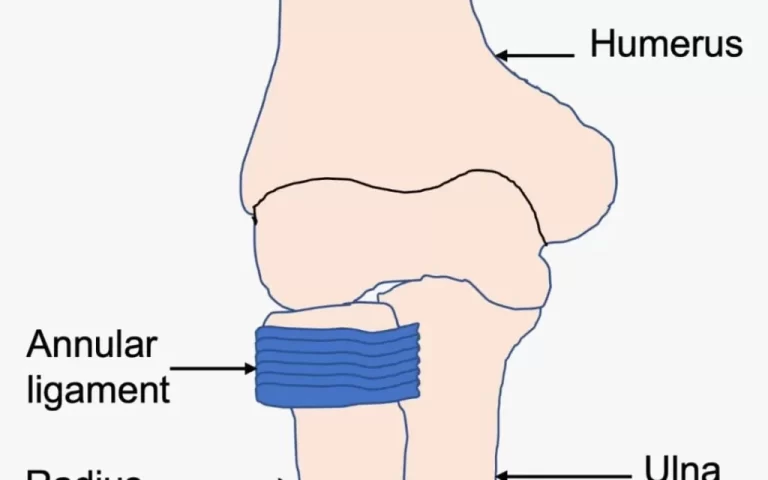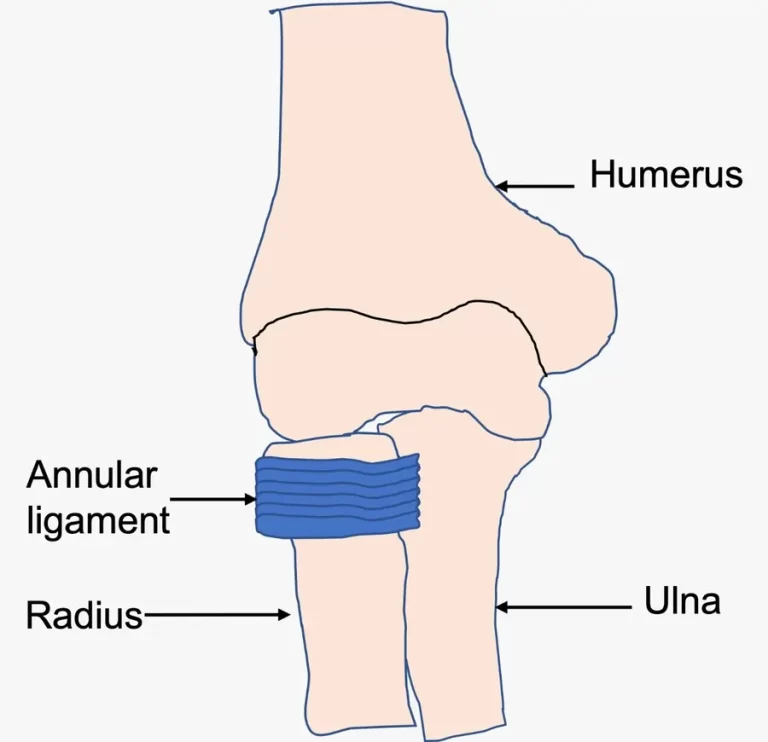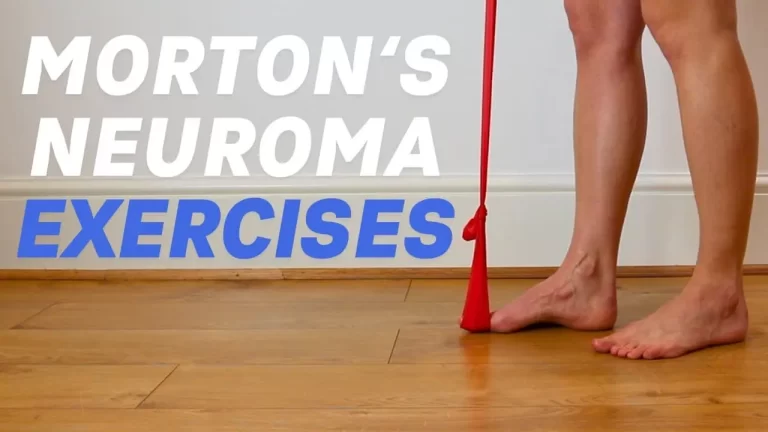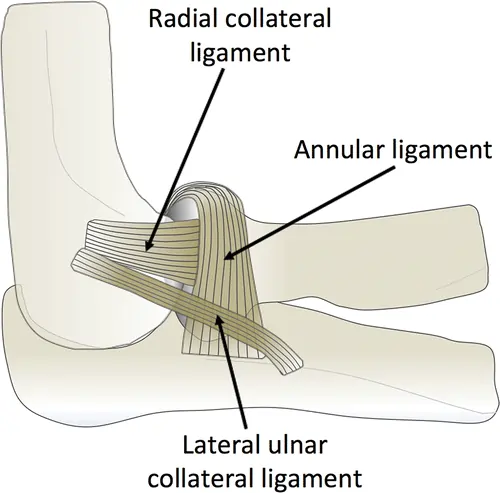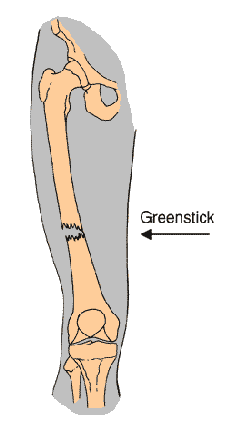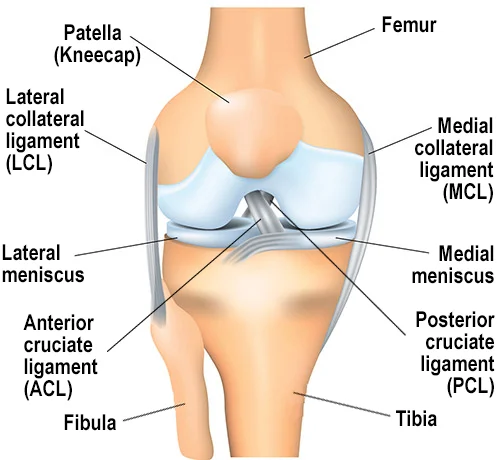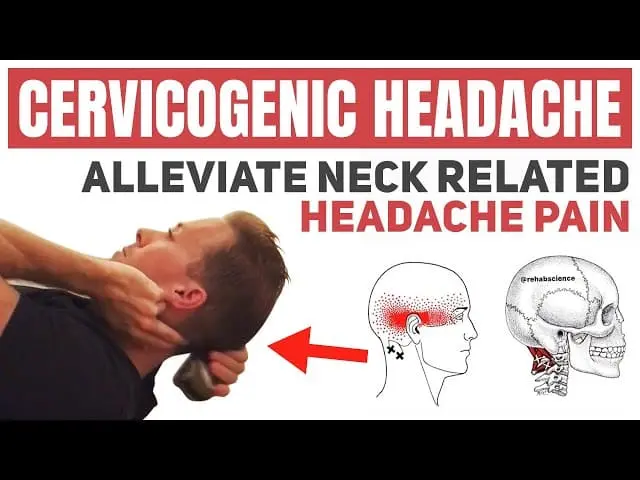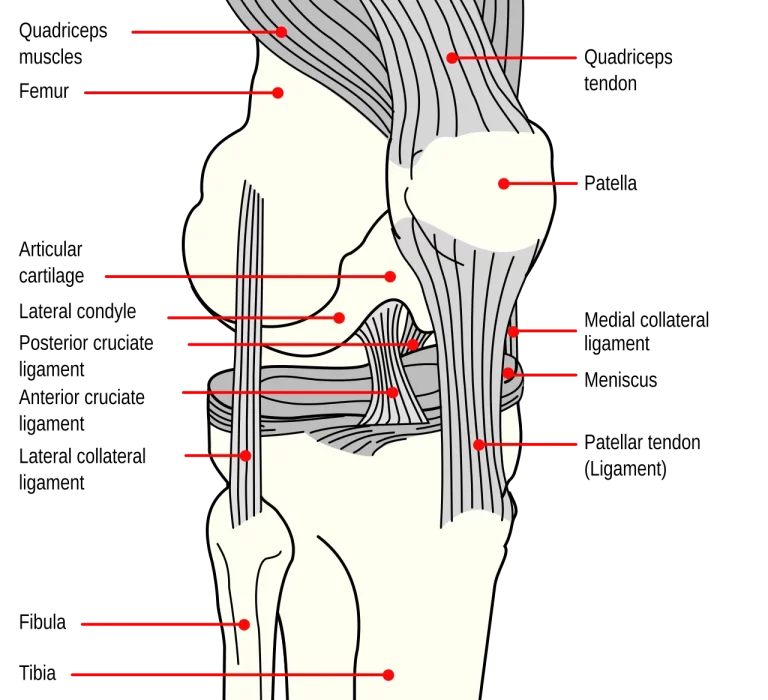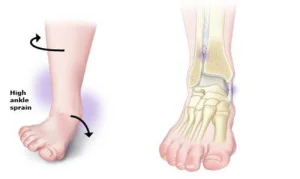Annular Ligament Injury
What is a Annular Ligament Injury? An annular ligament injury involves damage to the strong band of tissue that encircles the head of the radius, securing it to the ulna and stabilizing the elbow joint. It often results from trauma, such as a fall or sudden pulling motion, commonly seen in young children (referred to…

